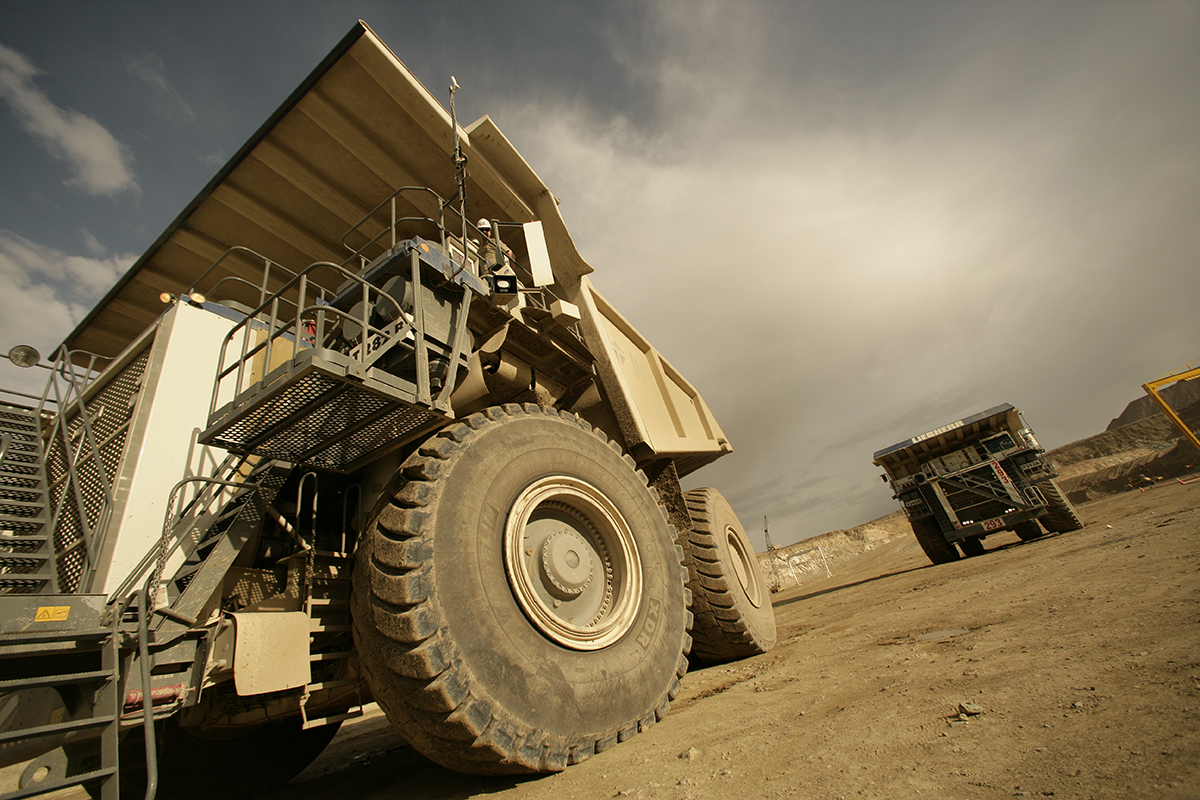Russia’s attack on Ukraine sent ripple effects through global supply chains causing additional disruptions and price inflations for everything from natural gas and oil to wheat and nickel. As governments levy economic sanctions and tighten trade restrictions, the U.S. is looking once again at how to reduce our reliance on imported commodities from unstable sources. In his State of the Union address, President Joe Biden prioritized “Made in America” and committed to taking steps to prevent countries like China and Russia from monopolizing our supply chains.
For years, the U.S. stood idly by while our mineral import dependence grew. Minerals are the foundation of our economic and national security but have been overlooked domestically. Consider uranium, a metal used as fuel in nuclear power generation. Since 1980, the production of uranium in the U.S. has dropped consistently. Today, the U.S. is nearly 100 percent import-dependent with 16.5 percent of the nation’s uranium derived from Russia. Over one-third of our palladium, a rare metal used in semiconductor chips comes from Russia. According to the U.S. Geologic Survey, Russia is the source of six major minerals for which the U.S. is more than 50 percent import-dependent. Ukraine is the source of two major mineral imports: titanium (for which the U.S. is more than 90 percent import-dependent) and gallium (for which the U.S. is 100 percent import-dependent). These are only a few examples.
Whether it was the Ever Given, a cargo ship blocking the Suez Canal, the Covid pandemic, or tariffs on Chinese steel, we have seen over the years how geopolitical tensions and global events can drastically impact interconnected sectors of our economy. The U.S. will continue to remain vulnerable unless serious and practical steps are taken to reshore mineral supply chains, which for years have been built using imported materials.
Increasingly troubling, these supply chain disruptions come at a time when the IEA warns that the demand for minerals will grow exponentially as more governments and sectors of the economy transition to future energy technologies. The energy transition alone will require a more diverse supply chain that includes more U.S. mining to supply enough minerals, preventing potential shortages and price hikes.
Reshaping Supply Chains
As policymakers in Washington, D.C. consider the future of our supply chains, one thing is certain – there is no easy or quick answer. It takes on average seven to 10 years to permit a new mine in the U.S. Numerous mines in the permitting process have stalled after decades of inaction, duplicative regulatory requirements and legal challenges. The answer must be an all-the-above approach to minerals mining. The U.S. must commit to producing more minerals here at home and addressing the challenges inhibiting us from reaching this goal. The U.S. must secure minerals from close allies as well as commit to recycling and exploring alternative solutions. No solution can be off the table.
President Biden’s recent factsheet, “Securing a Made in America Supply Chain for Critical Minerals” provides plans for increased domestic production with the understanding that U.S. miners are ready and able to “do more.”While President Biden’s recent commitments are a step in the right direction, they are not nearly enough to get us to where we need to be.
Companies such as Talon Metals, Rio Tinto, Hudbay, Lithium Americas, Western Rare Earths and many others stand ready to produce the minerals we need in an environmentally friendly manner while safeguarding the interests of the nation. Policymakers must work with the mining industry to ramp up domestic minerals production and collaborate with allies to tackle barriers that stand in the way.
Click here to learn more about the domestic mining projects that are waiting to help reshore American supply chains.
Kate Kamber
Source link



